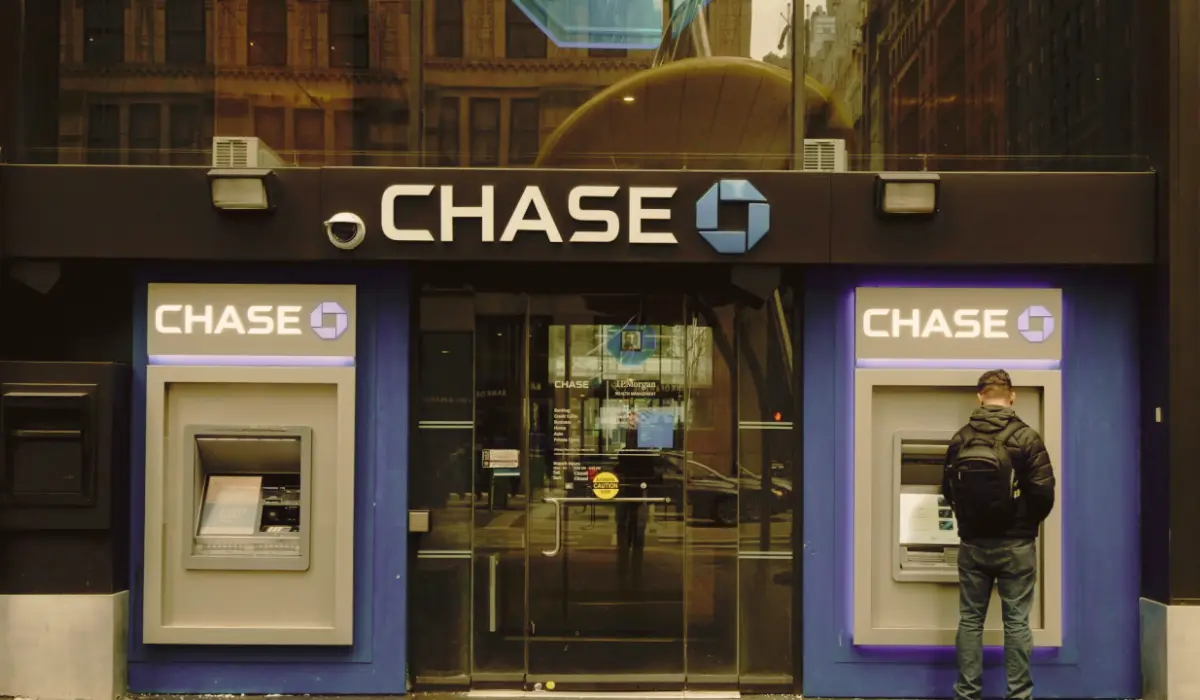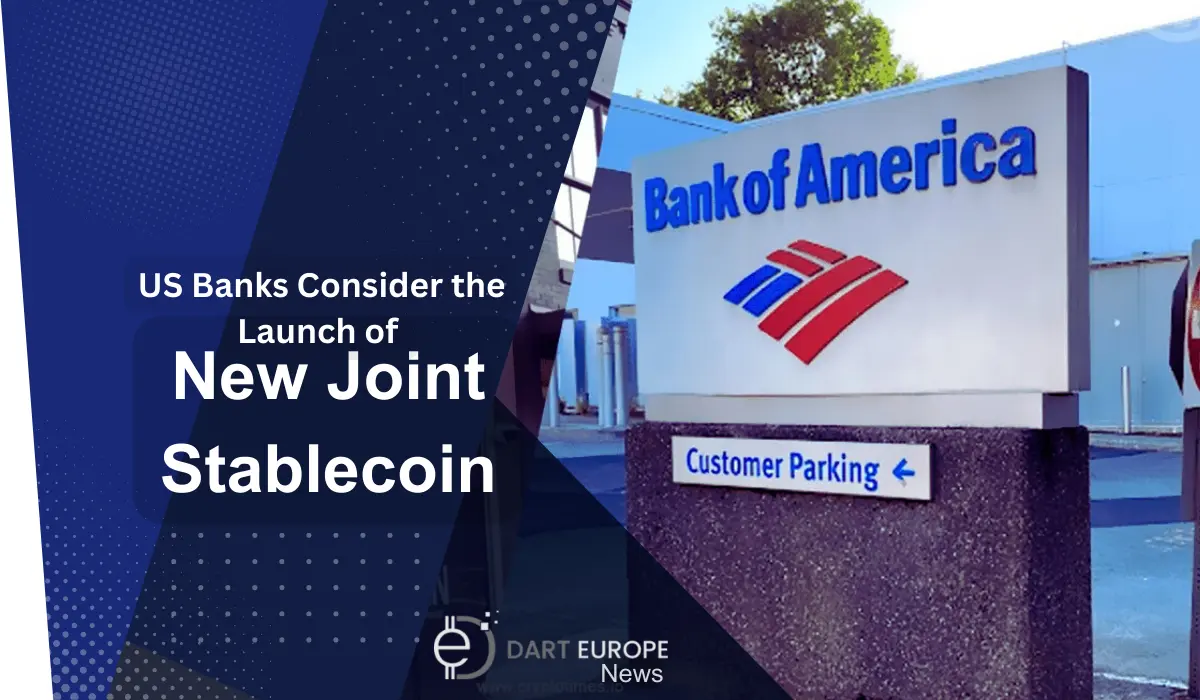Key Takeaways
- Major U.S. banks are collaborating to issue a new stablecoin, primarily due to positive shifts in the stablecoin-based rules and regulations.
- The GENIUS Act, which outlines a regulatory framework for banks and similar institutions to issue stablecoins, will act as the foundation for this plan.
- The banks include JPMorgan Chase & Co., Bank of America, Citigroup, and Wells Fargo.
- Experts opine that the arrival of banks will generate trillions for the U.S. Treasury and fuel the global dominance of the U.S. dollar.
According to an exclusive Wall Street Journal report, some of the largest U.S. banks are in early discussions to issue a new joint stablecoin, signaling the integration of blockchain currency in the banking sector. The move involves JPMorgan Chase & Co. (NYSE: JPM), Bank of America (NYSE: BAC), Citigroup (NYSE: C), and Wells Fargo (NYSE: WFC), which financial analysts consider a defense against rising crypto competition from independent networks.
The Trump administration’s openness to the cryptocurrency industry and blockchain technology, the shift in economy-related regulatory frameworks, and the public’s support for digital assets fueled traditional banks’ interest in the realm. While it still remains a concept, it has the potential to overpower current giants like Tether (USDT) and Circle (USDC) when practicalized.
Banks’ Stabelcoin Strategy Arrives Amidst the Advancement in the GENIUS Act

From the inception of blockchain itself, major banks have done extensive research to understand its transactional possibilities and other capabilities in the U.S. economy.
However, the rules and regulations were completely against the industry, especially at the time of the previous bull phase, when the Biden administration demonstrated a clear reluctance to the sector.
While the Biden administration did not completely prohibit banks from engaging with crypto, the activities were closely scrutinized. Following the power shift to the Trump administration, new guidelines were issued at the first White House Crypto Summit, allowing national banks to engage in activities such as crypto-asset custody, participation in distributed ledger networks, and stablecoin activities.
Stablecoin-based rules have been in development, especially after the introduction of the GENIUS Act, a bill that provides a framework for banks and non-banks to issue stablecoins under the government’s supervision. Proposed in the U.S. Senate on February 4th, 2025, the bill aims to increase the global dominance of the U.S. dollar.
Experts say Participation of Banks will Unlock Trillions for U.S. Treasury
At present, various stablecoin bills are under review by the Senate, where the GENIUS Act cleared a key procedural voting process on May 21st, 2025. If passed, it could unlock an instant demand for U.S. Treasuries, especially from the major banks.
According to Crypto Czar David Sacks, the U.S. dollar already has unregulated $200 billion pegged to stablecoins, and legal clarity will increase the demand for Treasuries overnight.
Participation of Banks Challenges Tether (USDT)
A regulated, bank-backed stablecoin issuance will pose serious threats to Tether (USDT), which dominates the stablecoin market by holding 62% of the blockchain-based U.S. dollar in circulation. It is expected to shake Tether’s reputation as the most traded cryptocurrency globally.
Tether had reported a $13 billion profit in 2024, a significant increase from the previous years, and the major income was from the U.S. Treasury securities. Experts expect a reversal from this after the arrival of U.S. banks. Also, it will affect other issuers such as Circle (USDC), Ethena (USDe), and Dai (DAI).
Read More: Dark Stablecoins: What They Are and How They Impact
About Stablecoins
A stablecoin is a blockchain-based digital asset pegged to a reference asset like a fiat currency, ETFs, or other cryptocurrencies. Usually, the reference is constructed with a 1:1 pegging, that is, a $100 stablecoin will be backed by real $100.
The current dominant reference asset is the US dollar, and USD-based stablecoins are frequently used by global investors.

